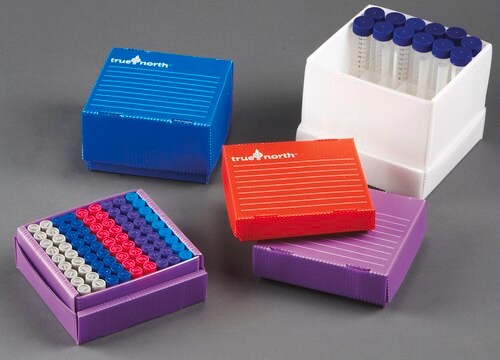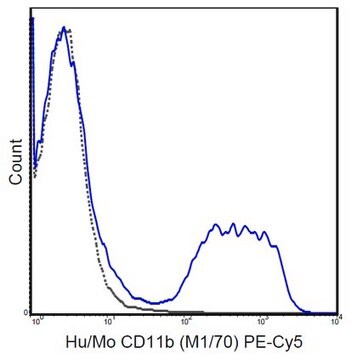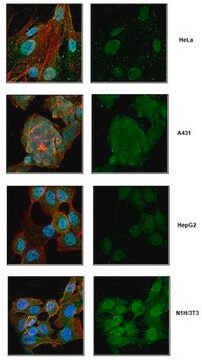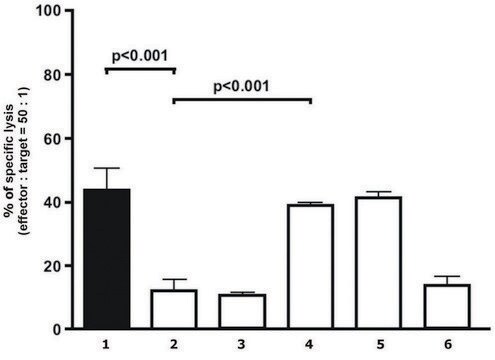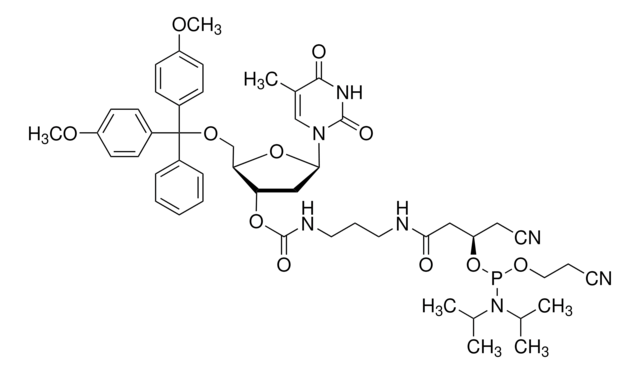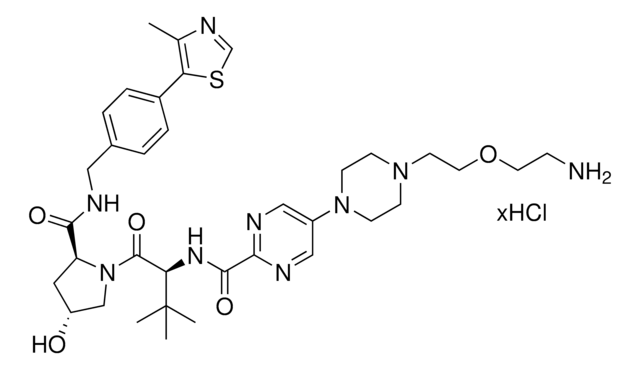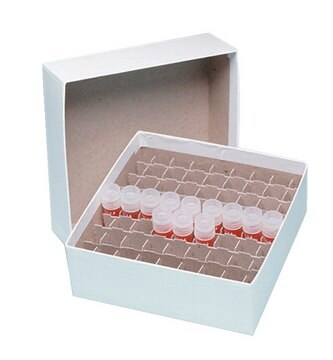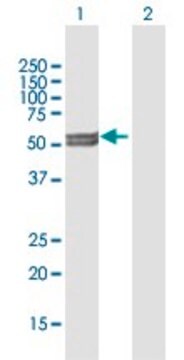おすすめの製品
由来生物
mouse
品質水準
結合体
unconjugated
抗体製品の状態
purified immunoglobulin
抗体製品タイプ
primary antibodies
クローン
3D10, monoclonal
フォーム
buffered aqueous solution
分子量
antigen ~37.11 kDa
交差性
human
テクニック
indirect ELISA: suitable
アイソタイプ
IgG2aκ
NCBIアクセッション番号
UniProtアクセッション番号
輸送温度
dry ice
保管温度
−20°C
ターゲットの翻訳後修飾
unmodified
遺伝子情報
human ... GRIA3(2892)
関連するカテゴリー
詳細
Glutamate receptors are the predominant excitatory neurotransmitter receptors in the mammalian brain and are activated in a variety of normal neurophysiologic processes. These receptors are heteromeric protein complexes composed of multiple subunits, arranged to form ligand-gated ion channels. The classification of glutamate receptors is based on their activation by different pharmacologic agonists. The subunit encoded by this gene belongs to a family of AMPA (alpha-amino-3-hydroxy-5-methyl-4-isoxazole propionate)-sensitive glutamate receptors, and is subject to RNA editing (AGA->GGA; R->G). Alternative splicing at this locus results in different isoforms, which may vary in their signal transduction properties. (provided by RefSeq)
免疫原
GRIA3 (NP_000819, 151 a.a. ~ 250 a.a) partial recombinant protein with GST tag. MW of the GST tag alone is 26 KDa.
Sequence
SLLGHYKWEKFVYLYDTERGFSILQAIMEAAVQNNWQVTARSVGNIKDVQEFRRIIEEMDRRQEKRYLIDCEVERINTILEQVVILGKHSRGYHYMLANL
Sequence
SLLGHYKWEKFVYLYDTERGFSILQAIMEAAVQNNWQVTARSVGNIKDVQEFRRIIEEMDRRQEKRYLIDCEVERINTILEQVVILGKHSRGYHYMLANL
物理的形状
無色透明のPBS溶液、pH 7.4
適切な製品が見つかりませんか。
製品選択ツール.をお試しください
保管分類コード
10 - Combustible liquids
WGK
WGK 1
引火点(°F)
Not applicable
引火点(℃)
Not applicable
最新バージョンのいずれかを選択してください:
Xing-Xiang Peng et al.
Psychopharmacology, 231(15), 3055-3063 (2014-02-19)
Chronic food restriction (FR) increases behavioral responsiveness to drugs of abuse and associated environments. Pre- and postsynaptic neuroadaptations have been identified in the mesoaccumbens dopamine pathway of FR subjects but the mechanistic basis of increased drug reward magnitude remains unclear.
ライフサイエンス、有機合成、材料科学、クロマトグラフィー、分析など、あらゆる分野の研究に経験のあるメンバーがおります。.
製品に関するお問い合わせはこちら(テクニカルサービス)